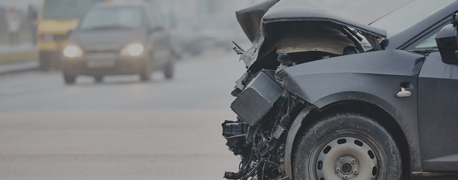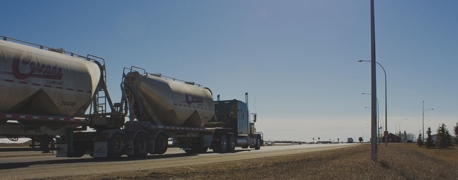What Is the Crash Preventability Determination Program (CPDP)?

In July of 2017, the Federal Motor Carrier Safety Administration (FMCS) announced a new program that focused on determining whether certain commercial vehicle accidents were preventable. It was known as the Crash Preventability Demonstration Project Initially, the program included crashes that fell under eight categories. Then, in 2019, the FMCSA expanded the program to 15 categories and requested public comment regarding making the program permanent.
The program allowed trucking companies and drivers to remove crashes that they were not deemed as being at fault for from federal safety records. It was designed in response to truckers claiming that they’re blamed for many accidents that they could not have prevented. During the first phase of the project, carriers submitted 12,249 accidents for review between August 1, 2017 and May 31, 2019. Of those crashes, 5,619 of them qualified for the program and 93% (5,247) were deemed as unpreventable. Notably, preventability does not indicate a lack of fault.
The Start of the CPDP
Recently, the FMCSA confirmed that the project was completed and that the Crash Preventability Determination Program (CPDP) would begin. According to the FMCSA, drivers can submit any accident that occurred after August 1, 2019 for review. These requests must include the police report for the accident. Drivers and their carriers can also submit any other supplemental information that they think will help demonstrate how an accident qualifies for the CPDP.
An accident must qualify as one of these categories to be eligible for review:
- If the truck was struck in the rear or on the side at the rear
- If a truck was struck when a motorist was driving the wrong direction or by a vehicle making an illegal U-turn or any other type of illegal turn
- If the truck was legally parked or stopped
- If the truck was struck by someone under the influence of drugs or alcohol
- If the truck was struck by a driver experiencing a medical emergency or who fell asleep/drove while distracted
- If the truck was struck by cargo, equipment, or other debris. Or, if the accident was caused by infrastructure issues
- If the truck accident was caused by an animal strike
- If the truck struck someone attempting to commit suicide
- If the truck accident occurred by a rare event, such as being struck by an airplane.
More details about what accidents qualify for the Crash Preventability Determination Program can be found on the FMCSA’s page regarding the topic that’s linked above.
What Implications Does This Program Have?
In the past, the FMSCA used all crash data to determine a motor carrier’s Crash Indicator BASIC, a system that is used to label some carriers as high risk. Carriers with poor ratings are subject to investigations and other enforcement. This program enables carriers to stop unpreventable crashes from impacting their Crash Indicator BASIC score as well as labeling accidents as unpreventable during pre-employment screening.
What the CPDP doesn’t do is void a driver or carrier of fault for an accident. For example, a crash might be determined as unpreventable if a truck was struck from behind. However, a driver might still be found at fault if they were driving in a way that made the rear-end collision more likely, such as driving slowly or suddenly pulling in front of another vehicle. Ultimately, the purpose of the CPDP is to balance penalties against motor carriers and provide drivers with public recognition that they couldn’t have prevented an accident.
If you're looking for more information about the Crash Preventability Determination Program and what may have caused a truck accident that left you or a loved one injured, now is the time to talk to a truck accident lawyer at Arnold & Itkin. Call (888) 493-1629 today!
- Categories


